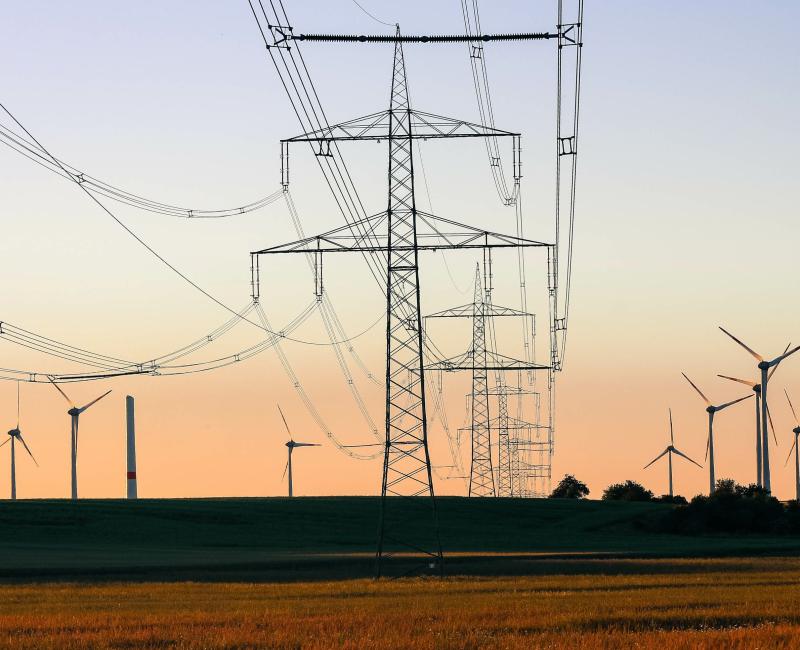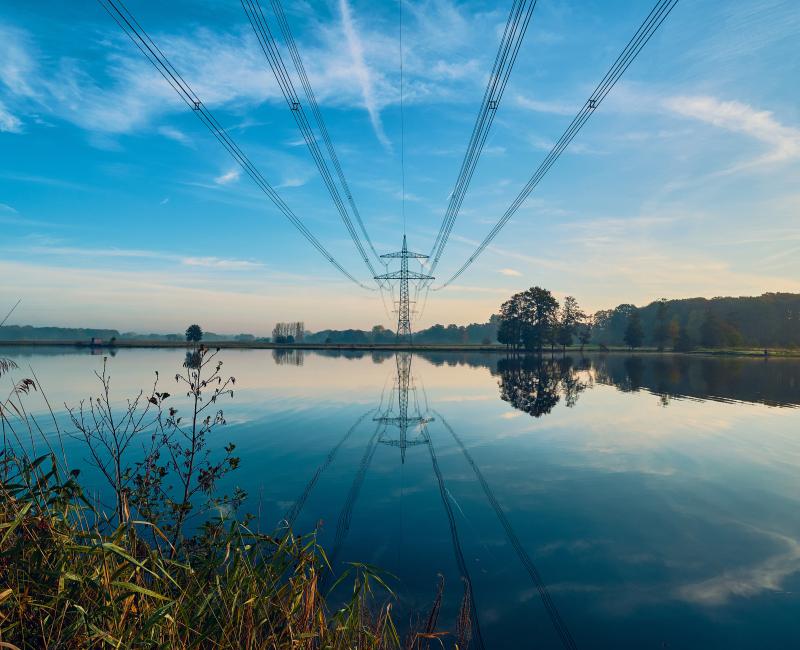ACER suggests improvements to the electricity Regional Coordination Centres’ reporting

ACER suggests improvements to the electricity Regional Coordination Centres’ reporting
What is the report about?
Today, ACER publishes its first monitoring report on the reporting obligations of the Regional Coordination Centres (RCCs).
The Regional Coordination Centres (RCCs) were introduced in 2022 with the Electricity Regulation. Their purpose is to facilitate and enhance coordination among electricity Transmission System Operators (TSOs) across regions, enhancing grid stability, fostering security of supply, and contributing to Europe’s climate and energy goals.
The RCCs’ annual reporting obligations include detailing the outcomes of their:
- operational performance monitoring,
- coordinated actions,
- recommendations issued and
- designated tasks.
What is ACER’s first RCC monitoring report about?
Since 2023, ACER is monitoring the regular reporting obligations of the RCCs, as required by the ACER Regulation, and intends to report annually on the topic.
This first ACER report was drafted in close cooperation with National Regulatory Authorities (NRAs), with input from the European Network of Transmission System Operators for Electricity (ENTSO-E) and RCCs. It covers the reporting period of second half of 2022 (reported by RCCs during 2023).
What did ACER monitoring find?
- The majority of RCCs have reported on 7 out of 16 mandatory tasks, focusing on:
- coordinated capacity calculation,
- coordinated security assessment,
- common grid model,
- consistency defence and restoration plans,
- short term adequacy,
- outage planning coordination, and
- post-disturbance analysis.
- RCCs have generally submitted comprehensive reports to ACER and NRAs on tasks that are either fully or partially implemented, detailing the implementation status and timelines for each.
- RCCs have not reported on tasks that are under development or without an established methodology. This led to a reporting gap on 5 tasks, which are dependent on the methodologies’ implementation progresses as of 2022.
What does ACER recommend?
ACER identifies areas where the RCC reporting can improve in clarity. Particularly, ACER suggests to better define the:
- Key performance indicators used in the reports to ensure transparency and consistent monitoring.
- Terminology used for different tasks implementation stages.
- Monitoring process.
ACER offers recommendations for future reports, suggesting RCCs to:
- Detail their implementation timeline or plan.
- Explain the rotation of tasks, where relevant.
- Justify the reasons that delay the task implementation where a methodology is in place.
What are the next steps?
In the future, the number of tasks and obligations that RCCs will cover in their monitoring is expected to increase. This expansion depends on:
- the approval and implementation of the methodologies related to specific tasks, and
- their subsequent implementation by the RCCs.
The next ACER monitoring report is planned for early 2025 and will cover the 2023 RCC reporting period (monitored by ACER during 2024).
What else is new?
ACER recently amended the methodology for identifying regional electricity crisis scenarios. ENTSO-E will now work together with RCCs (and others) to identify the most relevant scenarios at regional level (including cross-border dependencies). Read more about it.







